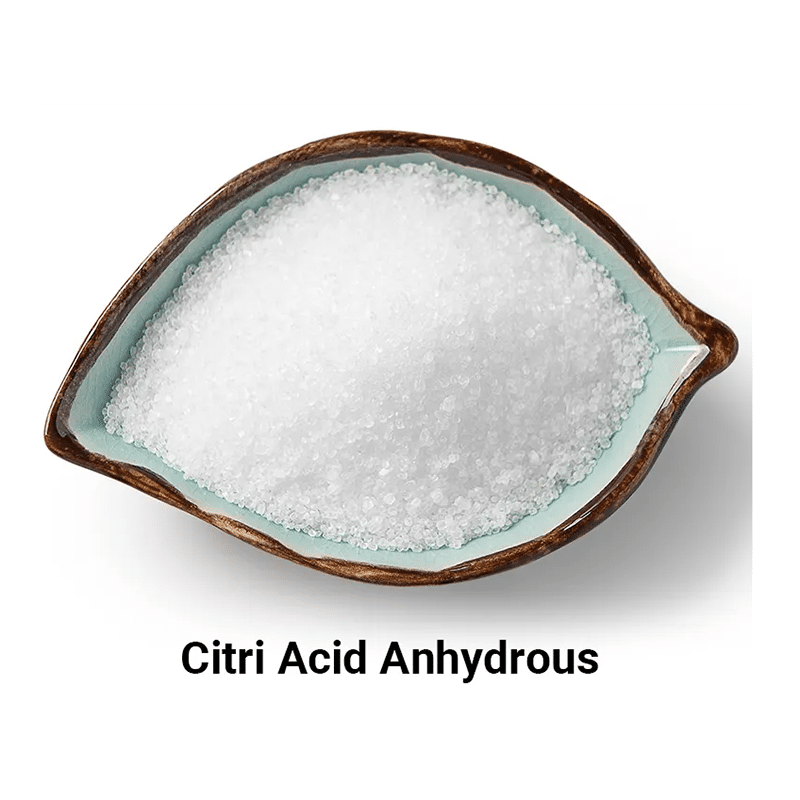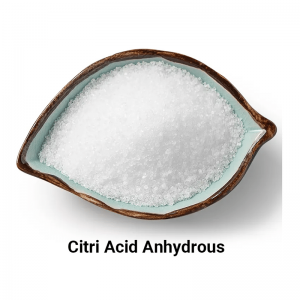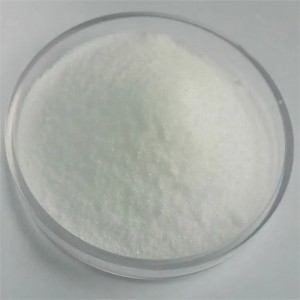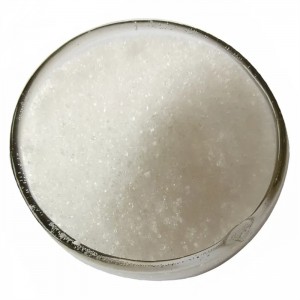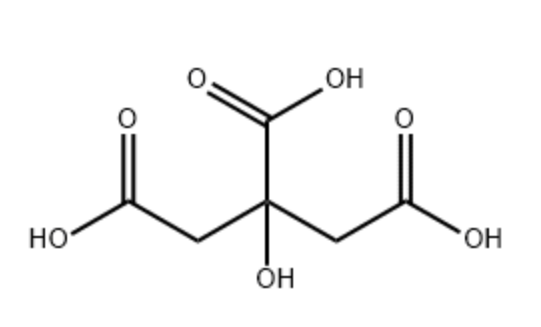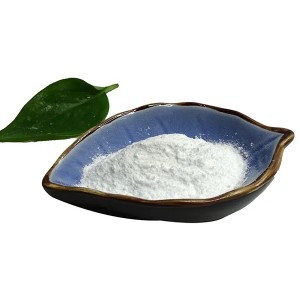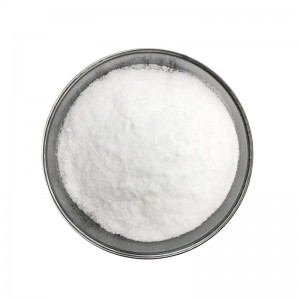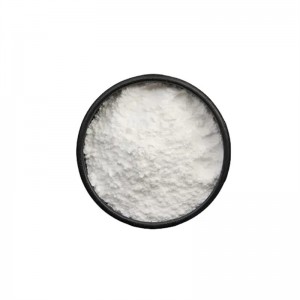| Basic Information | |
| Product name | Citric acid |
| Grade | Food grade |
| Appearance | Colorless or white crystals or powder, odorless and tastes sour. |
| Assay | 99% |
| Shelf life | 2 Years |
| Packing | 25kg/bag |
| Condition | Kept in a light-proof, well-colsed,dry and cool place |
Description of Citric Acid
Citric acid is a white, crystalline, weak organic acid present in most plants and many animals as an intermediate in cellular respiration.
It appears as colorless, odorless crystals with an acid taste.
It is a natural preservative and conservative and is also used to add an acidic, or sour, taste to foods and soft drinks.
As a food additive, Citric Acid Anhydrous is an essential food ingredient in our food supply.
Application of product
1. Food industry
Citric acid is the most biochemically produced organic acid in the world. Citric acid and salts are one of the pillar products of the fermentation industry, mainly used in the food industry, such as sour agents, solubilizers, buffers, antioxidants, Deodorizing agent, flavor enhancer, gelling agent, toner, etc.
2. Metal cleaning
It is widely used in detergent production, and its specificity and chelation play a positive role.
3. Fine chemical industry
Citric acid is a kind of fruit acid. Its main function is to accelerate the renewal of cutin. It is often used in lotion, cream, shampoo, whitening products, anti-aging products, acne products, etc.
The Main Function of Citric acid
*It is used as a flavoring and pH regulator in drinks and jellies, sweets, preserves and candies.
*It acts as an acidifier and buffer when combined with its salts.
*It is used as a metal chelating agent .
Increases the sweetness of non-nutritive sweeteners, as well as increasing the effectiveness of preservatives and antioxidants.
*Helps prevent discoloration and color deterioration in fruits and vegetables processed in combination with ascorbic acid .
*It acts as a flavor enhancer in drinks, sweets, desserts and other foods.
*Prevents the oxidation of oils and fats.
*Emulsifier and texturizer for pasteurized and processed cheeses when used in salt form.
*Reduce pH in fish products in the presence of other antioxidants or preservatives.
*Modify the texture of the meat.
*Often used as a stabilizer in whipped cream

